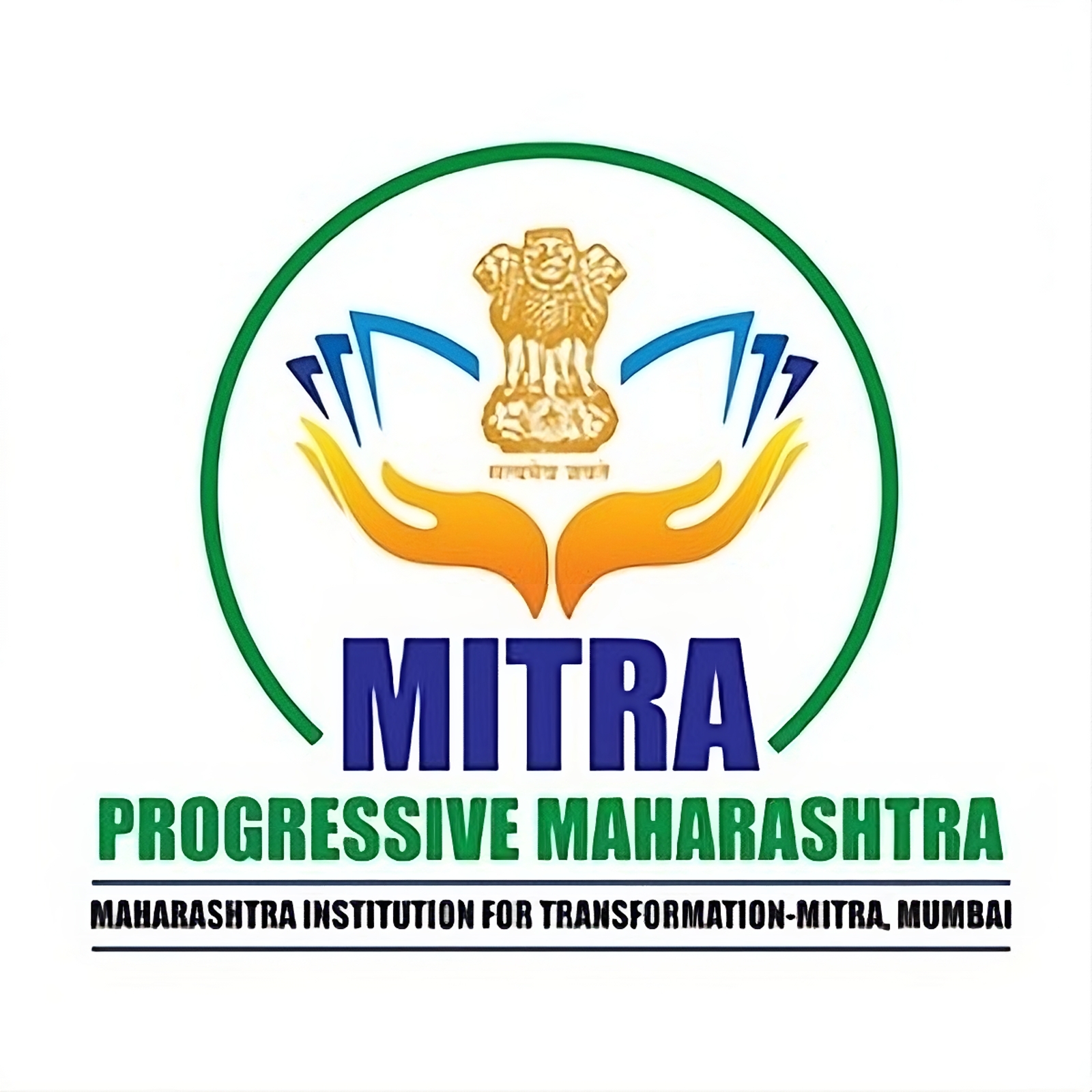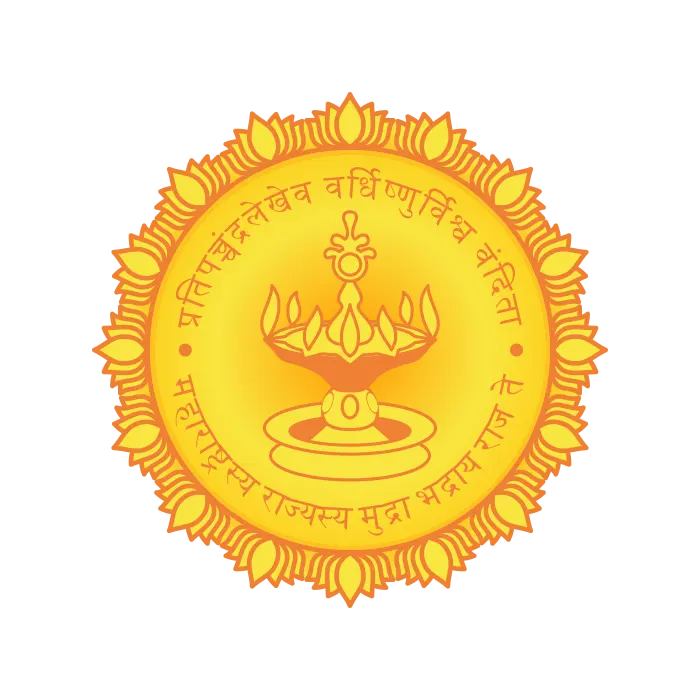Introduction- Higher Education Ecosystem in Maharashtra
The Higher Education Sector in Maharashtra is a pivotal element in the state’s intellectual and economic framework, significantly shaping the future of its people and driving innovation. Maharashtra, has established itself as an educational hub, reflecting the country’s diversity and demonstrating a commitment to academic excellence. The state’s extensive network of higher education institutions includes one central university, 23 state universities, and 21 deemed universities. Renowned for its world-class institutions, Maharashtra exemplifies the transformative impact of higher education. Prestigious universities such as the University of Mumbai, Savitribai Phule Pune University, and the Tata Institute of Social Sciences contribute to an intellectually vibrant atmosphere, attracting students nationally and internationally. The state’s dedication to research and innovation is further illustrated by the Indian Institute of Technology (IIT) Bombay and the Tata Institute of Fundamental Research (TIFR), both recognized for their groundbreaking contributions. Maharashtra, noted for its cultural, historical, and economic significance, prioritizes education to equip youth with the skills and knowledge necessary for addressing 21st-century challenges.
Key Metrics:
- Gross Enrolment Ratio in Maharashtra stands at 27.5%, surpassing the national average of 26.3%.
- Student Enrolment: The 2021-22 academic year saw over 5.5 million students in higher education, demonstrating Maharashtra’s appeal to a diverse student body.
- Teacher-Student Ratio (TSR) is 1:22, marginally above the national average of 1:20.
- Gender Parity Index (GPI) in higher education is 0.94, indicating near parity in enrolment.
Areas and Growth Opportunities:
With over 30,000 colleges, Maharashtra plays a significant role in India’s knowledge economy. The state’s efforts in promoting gender parity and inclusive education are noteworthy. However, challenges such as limited resources, insufficient funding, and outdated curricula inhibit its potential to produce industry-ready graduates. Disparities between rural and urban educational facilities also hinder equitable access to quality education.
Role of Maharashtra Institution for Transformation (MITRA):
MITRA shall support the Higher & Technical Education Department, GoM in addressing these challenges and shaping the future of Maharashtra’s higher education. As a strategic planner and policy advisor, MITRA’s focus shall be on infrastructure development, financial investment, and curriculum modernization in line with industry needs. Collaborating with the skills department, MITRA shall promote projects and polices for revamping Industrial Training Institutes to enhance quality, infrastructure, and governance in vocational education. By partnering with industry and academia, MITRA aims to align educational outcomes with job market requirements. Additionally, MITRA is formulating policies to establish a higher education hub with multidisciplinary universities, including international branches, underpinned by Maharashtra’s educational strengths and the National Education Policy 2020. MITRA’s initiatives also emphasize incorporating technology and innovation in education, striving to align Maharashtra’s higher education with global standards. Targets to increase enrolments in secondary and higher secondary education focus on vocational education and employability. Plans also include developing innovation hubs and specialized institutes for emerging technologies in various sectors.

